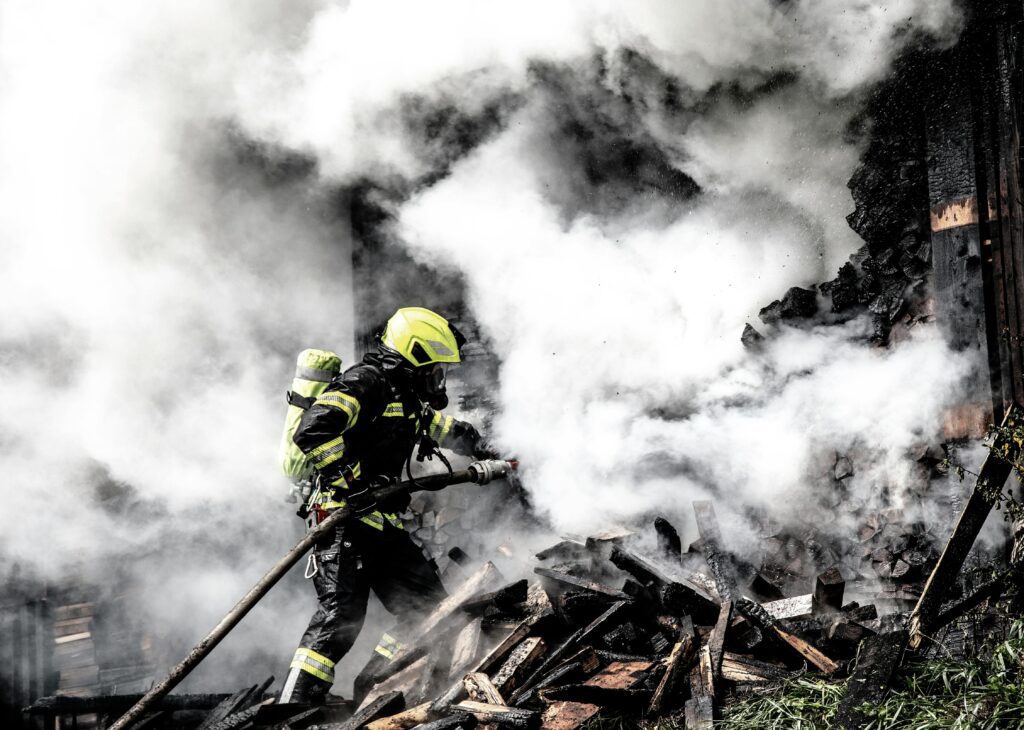The Military Use of AFFF
Aqueous Film-Forming Foam (AFFF) has been a cornerstone of military fire suppression efforts since its introduction in the 1960s. Developed in collaboration with the U.S. Navy, AFFF was designed to combat fuel-based fires, a critical need in military settings where flammable liquids such as jet fuel and gasoline are prevalent. Its ability to quickly smother flames and prevent re-ignition made it an essential tool for safeguarding personnel, equipment, and infrastructure.

Where and How the Military Uses AFFF
The military has relied on AFFF in a variety of settings, including:
- Aircraft Carriers and Naval Ships: AFFF is critical for combating fires on flight decks and in engine rooms, where fuel-based fires are a constant risk.
- Airbases: Military airbases use AFFF in training exercises and emergencies involving aircraft fires.
- Fuel Storage Facilities: The foam is used to protect against fires at facilities storing large quantities of flammable liquids.
- On-Base Firefighting: AFFF has been deployed extensively in military firefighting units for fire suppression and training.
Training exercises were particularly significant, as repeated AFFF use during drills led to widespread contamination of military installations.
Health and Environmental Concerns
The widespread use of AFFF in the military has resulted in significant health and environmental issues:
- Health Risks: PFAS exposure has been linked to cancers (kidney, liver, and testicular), thyroid disorders, immune system dysfunction, and reproductive issues. Military personnel who handled AFFF or lived near contaminated sites are particularly at risk.
- Environmental Contamination: PFAS from AFFF have leached into groundwater and drinking water supplies near military installations, affecting surrounding communities and ecosystems.
Legal and Policy Changes
In recent years, growing awareness of the dangers of PFAS has prompted legal and regulatory action:
- Phasing Out AFFF: The Department of Defense (DoD) has committed to phasing out PFAS-based AFFF by 2024 and transitioning to safer alternatives.
- Cleanup Efforts: Military bases across the U.S. are undergoing assessments and remediation to address PFAS contamination in soil and water.
- Lawsuits: Veterans, military families, and nearby communities have filed lawsuits against AFFF manufacturers, alleging negligence and seeking compensation for health and environmental damages.
The Future of Fire Suppression in the Military
As the military transitions away from PFAS-based AFFF, new firefighting technologies are being developed. Fluorine-free foams (F3) are emerging as a safer alternative, designed to provide effective fire suppression without the harmful environmental and health impacts associated with PFAS.
AFFF has been a lifesaving tool for the military, protecting personnel and assets from catastrophic fires. However, its reliance on PFAS chemicals has left a legacy of health and environmental challenges that the military is now grappling with. Addressing the impacts of AFFF use is a critical step in ensuring the safety of military personnel, their families, and surrounding communities. Continued innovation and accountability will be key to resolving the issues caused by decades of reliance on this firefighting foam.
